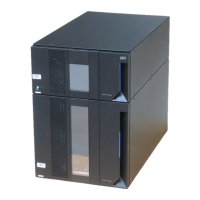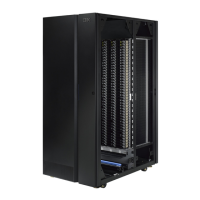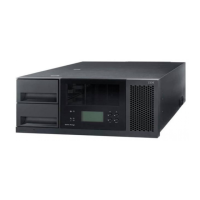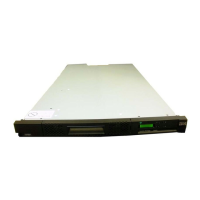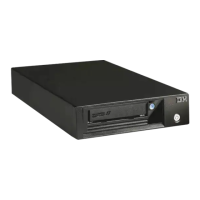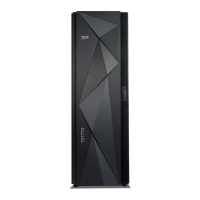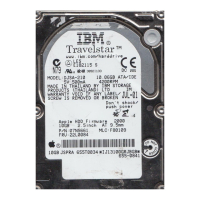General Service Guidelines
Servicing a library typically includes the following steps:
1. Connect your laptop to the service port, located on the back of the Library
Control Blade, in order to use the Web User Interface (UI) (see “Using the
Service Port” on page 7-9).
2. Generate a log of the current status of the library (see “Methods of Capturing
Logs” on page 7-10).
3. Assess the status of the library, using the following tools. Thoroughly examine
all available reports and indicators.
v Operator Interventions
v LEDs
v System diagnostics (which are available via the Service menu (see “Service
Menus” on page 7-4) on the library's Operator Panel)
4. Create a list of parts that you need to add, remove, or replace, and determine
the order in which you plan to service them.
5. Order any necessary parts. (See Chapter 10, “Parts List,” on page 10-1.)
6. Review the cabling connections for each module. If you need to disconnect the
cables to remove or replace a field replaceable unit (FRU), consider labeling
the cables so you can reconnect them correctly.
7. When you are ready to service the library, determine whether you will need to
take the entire library offline or whether you can take only certain logical
libraries offline. See “Required Library State” on page 8-2.
8. Contact the library administrator to schedule a time to take the library or
logical library offline, if necessary. Before taking the library offline, ask the
administrator to complete or cancel any jobs that are in the queue.
9. Power OFF the library or take it (or just the affected logical libraries) offline.
10. Add, remove, and replace each part, as necessary.
11. After servicing the library (and preferably after servicing each part), power
ON the library and run the appropriate diagnostic. From the Operator Panel,
select Tools → Library Tests to access the Library Verify Tests.
12. When you finish adding, removing, and replacing all necessary parts, verify
that all drives are online, then take the library online (see “Taking the
Drives/Library Online/Offline” on page 7-38).
13. Close all open Operator Interventions.
14. Verify that your host applications can communicate with all drives and the
library.
15. After verifying that the library is fixed and running smoothly, generate
another log of the status of the library.
16. Complete the steps in “End of Call” on page 7-44.
Possible Safety Hazards
Possible safety hazards to the operation of this product are:
Electrical
An electrically charged frame can cause serious electrical shock.
Mechanical
Hazards (for example, a safety cover missing) are potentially harmful to
people.
Chapter 7. Service Procedures 7-3

